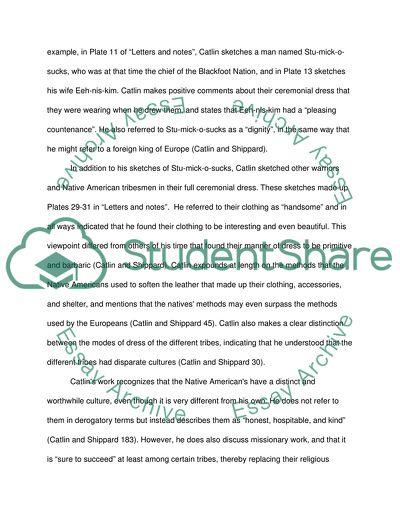Retrieved from https://studentshare.org/miscellaneous/1576642-native-american-iconography-and-depictions-in-art-of-18th-and-early-19th-century
https://studentshare.org/miscellaneous/1576642-native-american-iconography-and-depictions-in-art-of-18th-and-early-19th-century.


